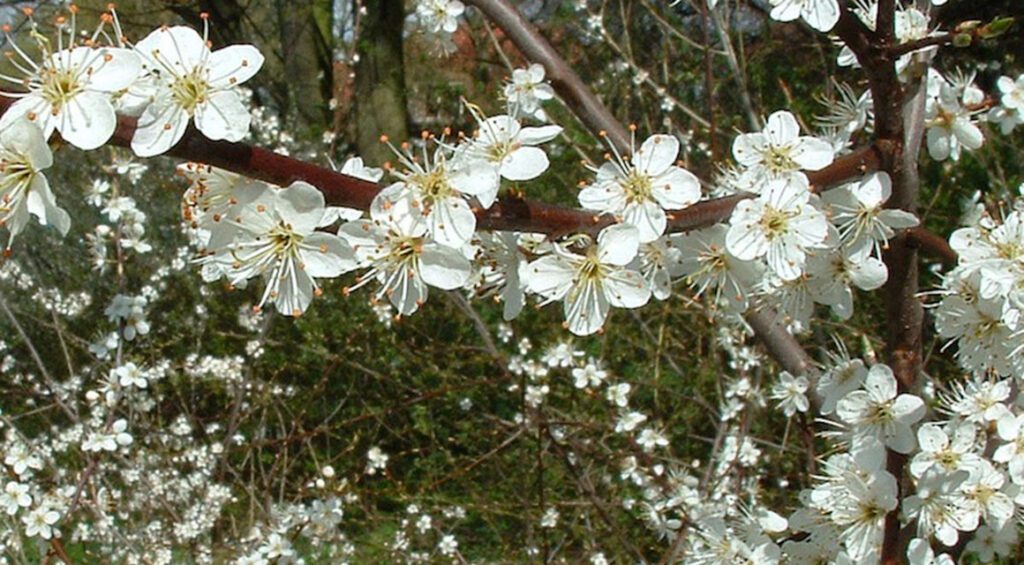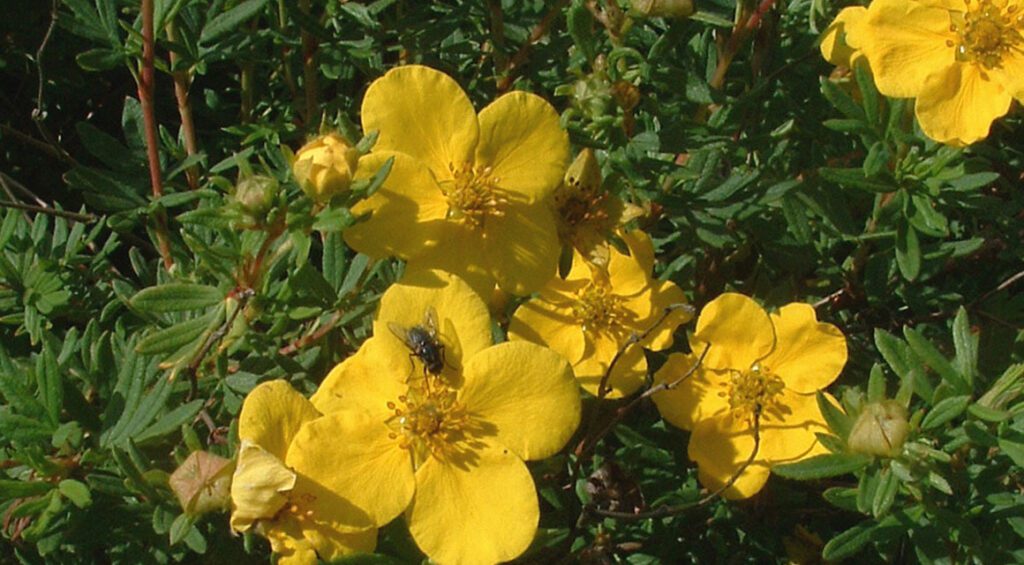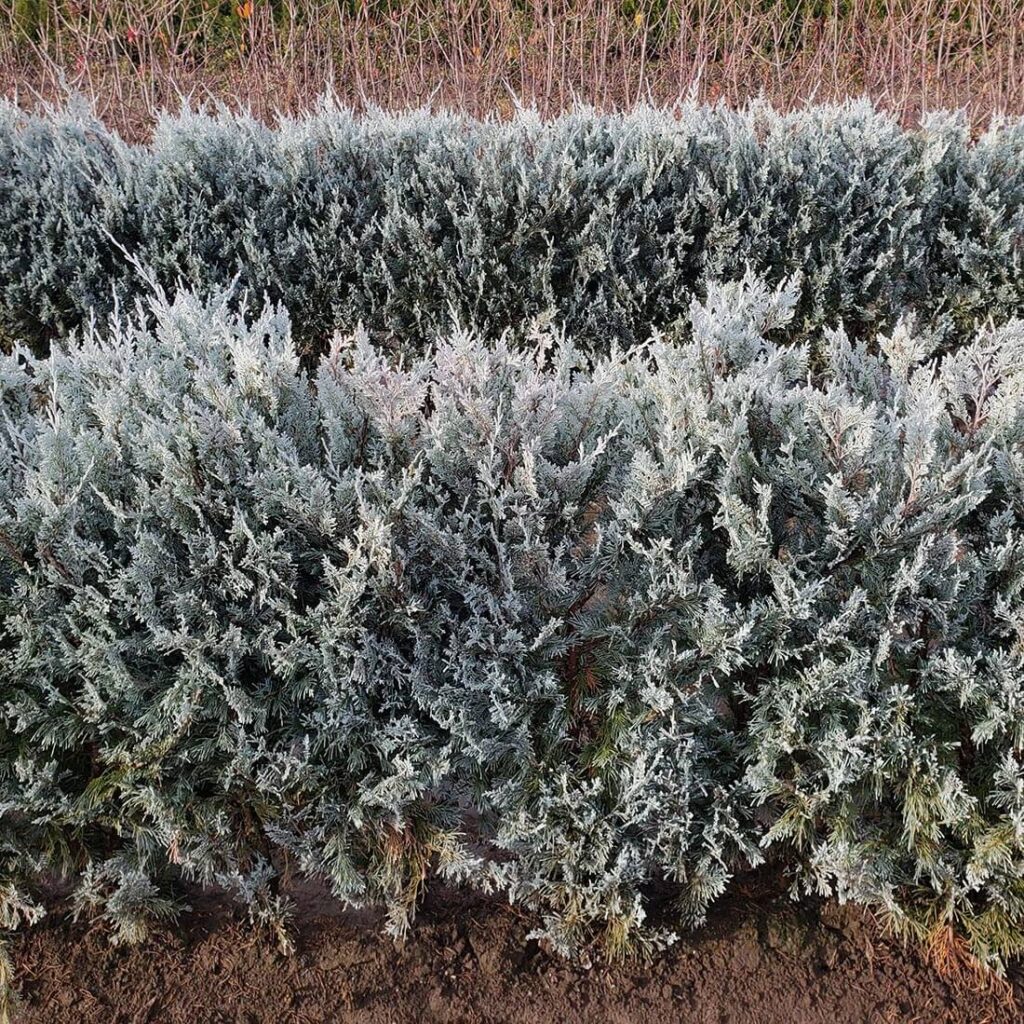Providing winter protection for hedge plants is essential to help them survive the cold and harsh winter conditions. Proper care can prevent damage from freezing temperatures, heavy snow, ice, and strong winds.
Contents
Winter Protection for Hedge Plants
Maintaining healthy hedge plants during winter is essential to ensure their longevity and vibrant growth come spring. Proper winter care involves various measures to protect them from freezing temperatures, snow, and harsh winds.
1. Mulching:
- To insulate the soil and protect the hedge’s roots from freezing, apply a generous layer of organic mulch, such as wood chips, straw, or leaves, around the base of the hedge. This mulch acts as a thermal blanket and helps regulate soil temperature.
2. Watering:
- Keep the soil consistently moist until it freezes. Proper hydration is vital for hedge plants’ winter survival. Watering in late fall or early winter when the ground is not frozen will help maintain adequate moisture levels.
3. Pruning:
- Prune the hedge in late fall to remove dead or diseased branches. This not only promotes overall hedge health but also reduces the risk of snow and ice accumulation, which can lead to branch breakage.
4. Anti-Desiccant Spray:
- Evergreen hedge plants are susceptible to moisture loss through transpiration during the winter. To combat this, consider applying an anti-desiccant spray to the foliage. This spray forms a protective barrier and reduces the drying effect of winter winds.
5. Windbreak:
- If your hedge is exposed to strong winter winds, consider installing a temporary windbreak. This can be accomplished using materials like burlap screens or snow fencing on the windward side of the hedge. The windbreak minimizes the drying and damaging effects of harsh winds.
6. Snow Removal:
- After heavy snowfalls, gently shake snow off the hedge branches to prevent them from bending or breaking under the weight. However, be cautious not to use excessive force when removing snow, as this can harm the hedge.
7. Burlap Wrap:
- In regions with extremely cold temperatures, wrapping the hedge with burlap can provide an added layer of protection against winter weather. This method shields the plants from snow and ice and reduces the impact of severe cold.
By following these guidelines and adapting them to your specific hedge and local climate, you can help ensure that your hedge plants remain healthy and resilient throughout the winter season. Proper winter care will be rewarded with lush, thriving hedges when spring arrives.
Keep in mind that the specific care your hedge plants need may depend on the type of hedge, local climate, and the severity of the winter in your region. Consult with a local nursery or gardening expert for advice tailored to your specific circumstances. Proper winter protection will help your hedge plants stay healthy and vibrant when spring returns.
Some hedge plants are naturally hardy. These can then survive temperatures of -25 degrees without batting an eyelash and then also look quite wonderfully green in the process. This is, of course, quite excellent, but then these are partly plants that you may not always want to have in your garden. If your garden consists mainly of plants that can not tolerate cold and frost so well, then our tips on winter protection for hedge plants may be interesting for you.

Which plants need protection in winter?
Most, native evergreen hedge plants, deciduous hedge plants or hedge mixtures will survive a winter in Europe just fine, because they come from here. So, winter protection for hedge plants is mainly about exotic plants that originally grow and thrive in warmer countries. Of course, this is not particularly strange, because a plant always adapts to its climate, from which it comes. Plants that come from the south, for example, from the Mediterranean region, are accustomed to winters that are less cold, so they should be particularly well protected during severe frosts. Plants that naturally grow farther away from water can also not cope well with winter periods in Europe. The cold does not bother them then so much, but especially wet winter periods can then become quite a problem.

How to protect plants in winter?
A first, important step is to make sure that the soil of your plants does not get too wet in winter. Also, make sure that the garden soil should be well-drained at all times, so that there is no waterlogging. After all, if this water should freeze, then the roots of your plants can be severely damaged by it. For plants that are particularly sensitive in this regard, you can think here, for example, certain varieties of roses, it is therefore convenient to cover the soil with a plastic sheet to avoid excess water.
Plants that can die due to cold, especially above the ground, should be covered, for example, with branches of conifers attached to a wire mesh, or with a winter protection fleece. Some websites also offer bubble wrap for winter, but this wrap is not recommended. This is because bubble films do not breathe, so condensation will quickly form, which can then freeze in the winter and cause damage. In this way, the problem will only increase. It is also practical, for example, to hang an umbrella over the plants, as a protection against too much water. In the spring you should remove the winter protection in any case again, so that the plants get enough sunlight and can then also sprout again well.


